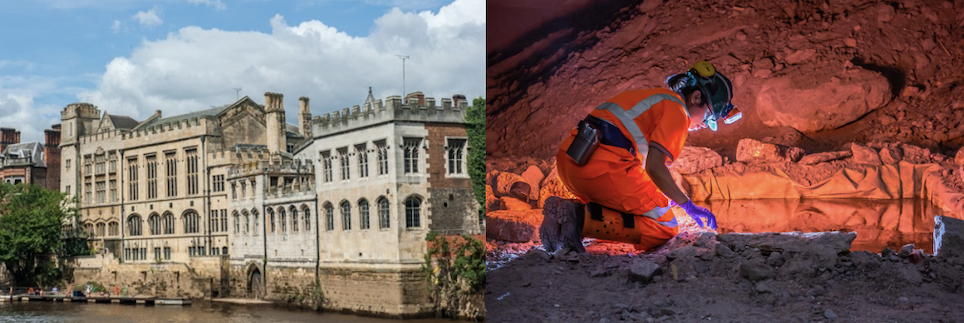Speaker
Description
20-minute talk + 10-minute questions
Patrizia Morciano1,2; Matthias Laubenstein1; Valentina Dini3,4; Giorgio Baiocco5,6; Valeria Conte7; Antonella Sgura8,9 1INFN-Laboratori Nazionalli del Gran Sassso, Assegi L’Aquila, Italy 2Università degli Studi dell’Aquila, Dipartimento di Medicina clinica, sanità pubblica, scienze della vita e dell'ambiente, L’Aquila, Italy 3 Centro Nazionale di Tecnologie Innovative in Sanità Pubblica, Istituto Superiore di Sanità, Rome, Italy 4INFN-Roma1, Rome, Italy 5Dipartimento di Fisica, Università degli Studi di Pavia, Pavia, Italy, 6INFN-Pavia, Pavia, Italy, 7INFN-Laboratori Nazionali di Legnaro, Padova, Italy, 8Dipartimento di Scienze, Università degli Studi Roma Tre, Rome, Italy, 9INFN-Roma3, Rome, Italy Deep Underground Laboratories (DULs) offer a unique space and appropriate facilities for underground radiobiology studies that aim to investigate the role of natural environmental radiation in the metabolism of living organisms. To date many different studies have supported the hypothesis that natural background radiation plays a role in maintaining homeostasis and proper capabilities to respond to additional stress in different organisms. Recently, we started DISCOVER22 (DNA Damage and Immune System Cooperation in VEry low Radiation environment 2022) project supported by INFN-CSN5 at Laboratori Nazionali del Gran Sasso (Italy). DISCOVER22’s main purpose is to investigate the modulation of the immune response in a below background radiation environment. To our knowledge, this aspect has not so far been systematically studied under these conditions. DISCOVER22 experiment aims to investigate how the Low Radiation Environment (LRE) modulates the immune system response with in vitro and in vivo models. For in vitro experiments two different human cell lines are employed, human keratinocytes HaCaT and human promyeloblast leukemia HL60 cells. Specifically, HaCaT were cultured in parallel in LRE and in Reference Radiation Environment (RRE) to evaluate the activation of the cGAS/STING pathway following radiation-induced DNA damage. Preliminary results suggest a down-regulation of the innate immune system response in LRE HaCaT cells. In HL60 cells the ability of immature immune cells both to differentiate into macrophages and neutrophils and to maintain their biological functions after exposure to LRE have been investigated. A preliminary different modulation of specific membrane antigens (CDs) has been found in LRE cells compared to RRE cells confirming a different cellular response in the two exposure environments that need further investigation. Finally for in vivo experiments in Drosophila, a RNASeq analysis showed a down regulation of biological processes involved in the innate immune response in LRE flies. All together these preliminary results suggest that environmental radiation is an essential factor for proper immune response in cells as well as in flies.

